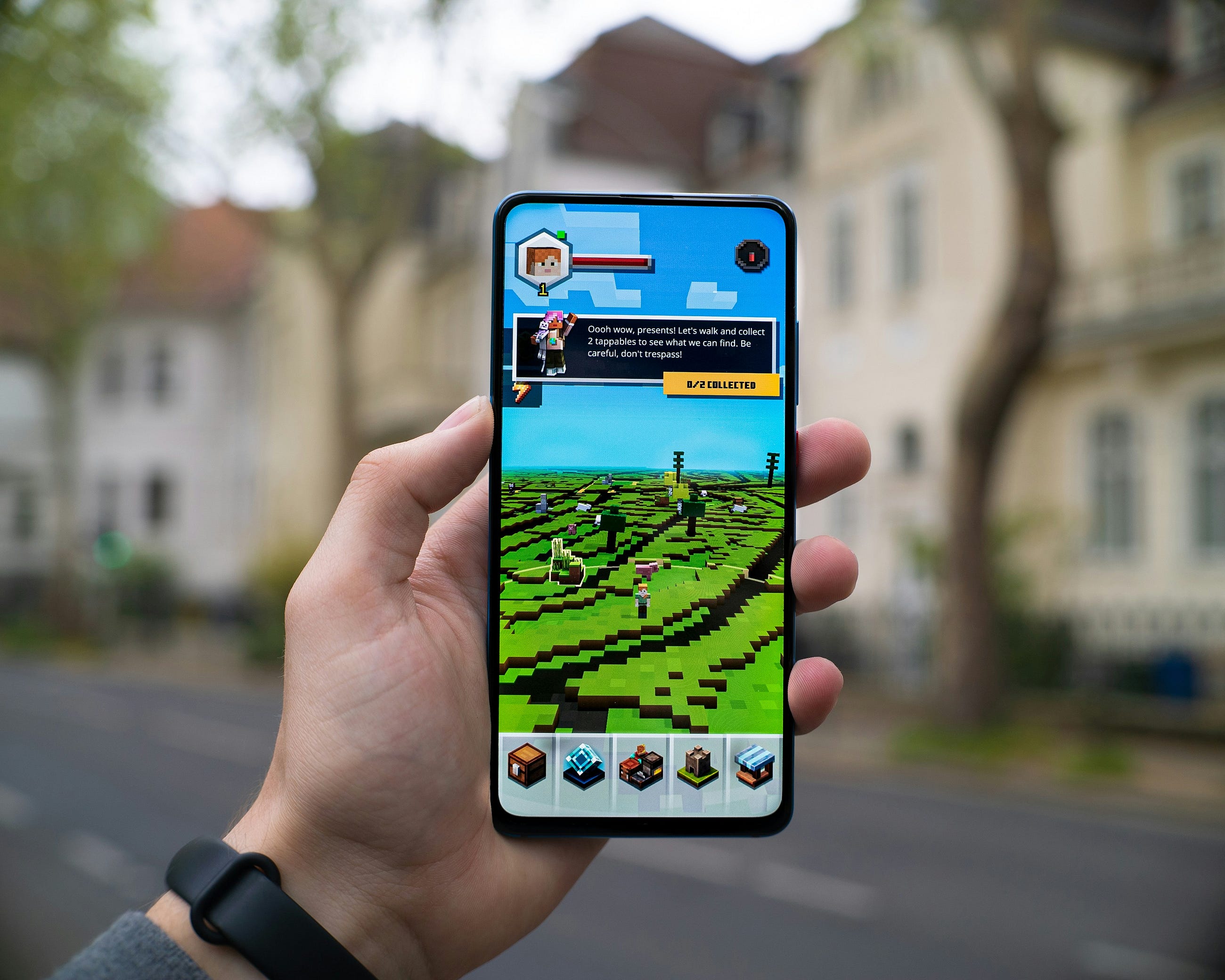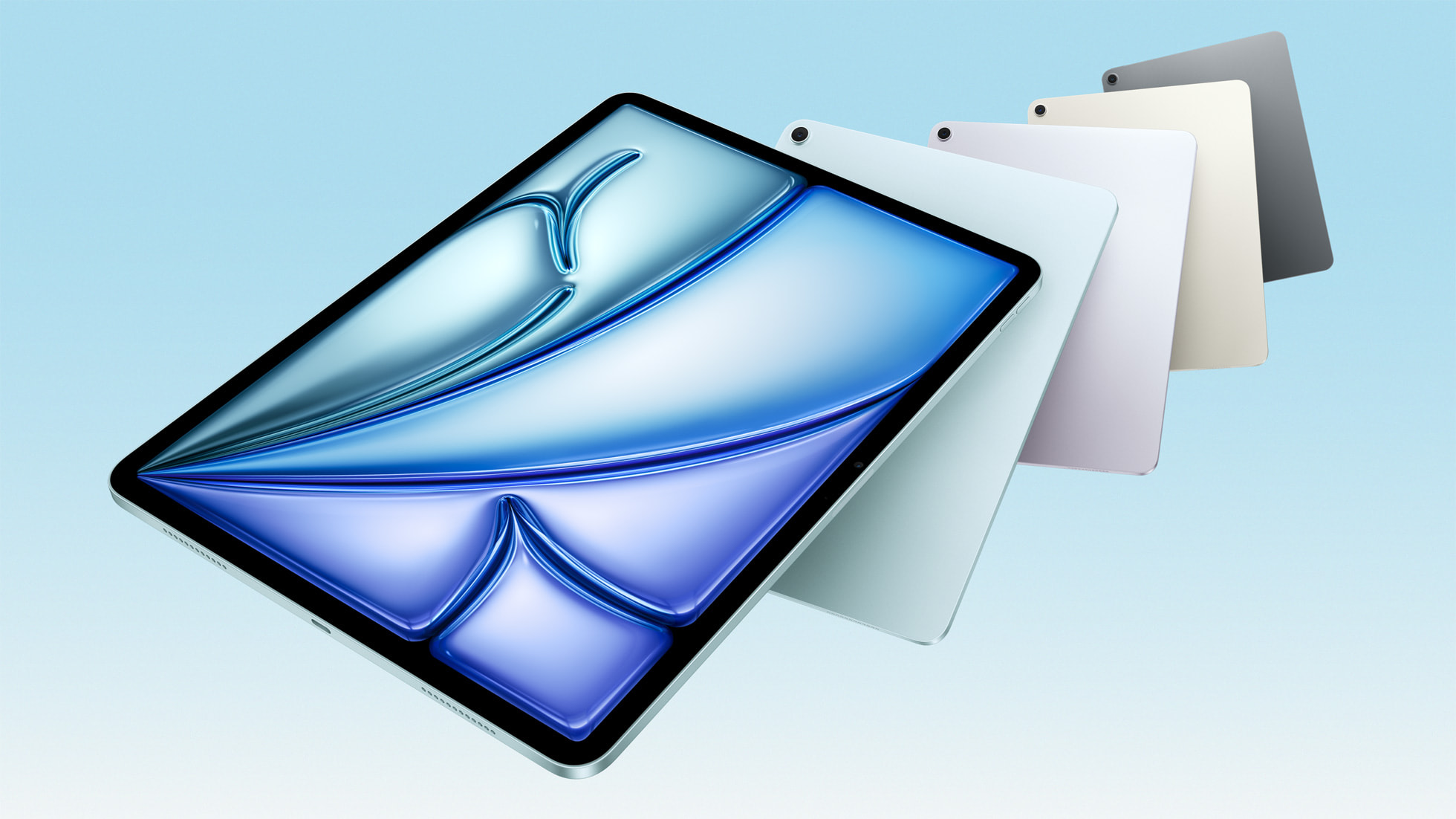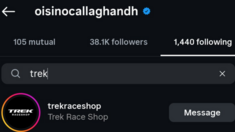Motivation:
With the introduction of SAP Business Data Cloud (BDC), it’s quite common and natural to wonder about the relationship between SAP BDC Insight Apps and SAP Business Content (traditional) which is delivered in many SAP solutions like SAP BW/4HANA, SAP Datasphere, SAP Analytics Cloud (SAC) etc. I have observed that this is one of the most frequently asked questions. So, I thought of writing this blog to share some details on these two types of content and provide insights into their distinctions.
Background:
SAP Business Data Cloud (BDC) is a fully managed SaaS solution that unifies and governs all SAP data and seamlessly connects with third-party data, providing line-of-business leaders context for more impactful decision-making. It brings together and combines powerful SAP solutions i.e. SAP Datasphere, SAP Analytics Cloud, SAP BW/4HANA (SAP BW) and SAP Databricks (managed by SAP) to deliver a complete business data fabric solution with AI/ML capabilities.
High-level Architecture of SAP Business Data Cloud:
A short overview on some important terms (which are already discussed in detail in many other blogs on SAP BDC):
SAP Business Content
SAP Business Content refers to pre-built, ready-to-use data models, reports, and dashboards that are designed to help businesses quickly and efficiently implement SAP solutions. These content packages are tailored to specific business processes and industries, providing valuable insights and actionable recommendations out-of-the-box.
Data Products
A data product is a data set (master data /transactional data) exposed for consumption outside the boundaries of the application/systems producing the data via APIs . A Data Product typically includes the data itself, along with any necessary documentation, metadata, etc. needed to understand and use the data effectively. They are designed by LOB owners to be easily accessible and usable by different teams or individuals within an organization. So, these are the foundational component of SAP BDC.
Data Package
A Data Package in simple terms is a collection of related Data Products. When a Data Package is installed all the Data Products inside it are made available in SAP BDC.
Insight Apps
SAP BDC Insight Apps consists of pre-delivered , pre-packaged analytical content (right from the Data Products on top of raw data in source LOB systems to a dashboard on top of semantically rich and curated data model) which is managed by SAP end to end. These apps are turnkey, meaning they are ready to use upon installation from the SAP BDC cockpit and come with pre-built data transfer jobs, analytical models in SAP Datasphere and dashboards, such as SAP Analytics Cloud (SAC) stories, that are ready to use once activated.
Before diving into the key differences, let me shed some light on them with the following analogy where imagine you are planning a dinner party.
SAP Business Content is like ordering a meal kit from a restaurant. The kit comes with all the basic ingredients pre-measured, prepped, and ready to cook, along with detailed instructions (how-to guides, instructions for setting connections, data loads, etc.) for each recipe. So, you just need to follow the steps to prepare the meal. You have the option to either follow the recipe and use the provided ingredients to make a perfect dish (use Business Content as such), or you can customize it by adding more ingredients or skipping some according to your taste or dietary preferences (customize or adjust the Business Content). You can also add your own garnishes or sides to enhance the meal. However, for this dinner party, you would need to pick the dishes yourself, decide on the quantity of each dish based on the number of guests, and prepare them accordingly. This might include selecting appetizers, main courses, and desserts, and ensuring everything is ready on time and goes well together.
On the other hand, SAP BDC Insight Apps are like getting everything catered. The caterer has already curated different catering plans, including appetizers, main courses, and desserts, tailored to the time of day and theme of the party based on their industry experience and customer reviews. The quantities are adjusted based on the number of attendees, and the caterer ensures that all the dishes complement each other perfectly. In this case, you just need to place an order (install the Insight App) according to your requirements, and the caterer takes care of everything from there. If there is a need to enhance or customize the menu, for example, if the caterer provides brownies for dessert but some guests prefer vanilla ice cream with it, you can easily add the ice cream yourself. This way, you get a comprehensive, managed, and integrated dining experience with minimal effort on your part. Additionally, the caterer provides everything needed to keep the food warm and set up on the table, ensuring a seamless and enjoyable experience for your guests. Moreover, the caterer can periodically enhance the flavours or include new menu items in the package offered, keeping the dining experience fresh and exciting.
I hope this helps clarify the distinctions between SAP Business Content and SAP BDC Insight Apps, and now, let’s take a closer look at the differences.
Insight Apps vs. Business Content: Key Differences
Aspect
SAP BDC Insight Apps
SAP Business Content
Delivery Method
Delivered and installed directly from SAP BDC Cockpit
Accessed through the content network or content package section depending in the SAP solution ( SAP Analytics Cloud, SAP Datasphere, SAP BW/4HANA etc.)
Integration and Comprehensiveness
Provide end-to-end and closed-loop analytics and decision-making .Includes all the objects like data connection, data replication jobs, data models, dashboards
Requires manual installation and setup, and is specific to a particular SAP solution. For example, Business Content in SAP Datasphere will include data models, but there may or may not be corresponding Business Content in SAP Analytics Cloud (SAP SAC) on top of SAP Datasphere content to close the loop for end to end scenario
Customization
SAP delivered content as part of Insight Apps cannot be modified/changed that is always read-only and in SAP protected spaces. However, most of the content can be extended by building on top of delivered data products or by copying into customer space and making adjustments. E.g. Copy SAP SAC part of Insight App into a customer folder and adjust it
Serves as a template , can be deployed as-is or fully customized to suit specific needs and data can be loaded as per the requirements
Cost
Not free, they have to be subscribed based on the LOB solutions in the landscape
Free of charge
Management and Ownership
Owned by SAP as they are delivered and managed by SAP
Delivered by SAP but serves as a template; customers have to do all the plumbing work .Owned by customers after installation
Capabilities
Include AI/ML capabilities, rich semantics, and actionable insights
May be missing some of these advanced capabilities
Implementation
Come out of the box fully functional and ready to use. Install them from the SAP BDC Cockpit
Customers have to adjust it after installing according to their needs
Data Preparation
All data acquisition, loading, transformation, and harmonization is already done by SAP
Customers have to set up connections, create data loads, integrate, load, and harmonize on their own
Lifecycle Management
Managed in a single place as part of BDC Cockpit
Has to be managed differently in each system if delivered across different solutions
Updates
New updates are automatically delivered by SAP (customers just need to install updates, similar to app updates on smartphones)
Customers have to manage all steps if new enhancements are delivered, updating each system separately
Access Controls
Access controls are already in place . Assignment of users to the roles need to be done after Insight Apps are installed
Access controls have to be defined and set up manually later
Real-time Capability
Out-of-the-box real-time capabilities
Real-time capabilities can vary depending on the source system and the data loads
Conclusion: Which one to go with?
While investments continue in developing and refining Business Content across various SAP solutions, the introduction of Insight Apps through SAP Business Data Cloud (BDC) marks a shift towards more integrated and cloud-native analytics solutions. Insight Apps provide a comprehensive, managed, and integrated experience within the SAP Business Data Cloud (BDC) ecosystem, whereas Business Content offers customizable pre-built analytics for different scenarios within SAP solution.
So, the way I look at this is if SAP Business Data Cloud (BDC) is available in the landscape and depending on the subscription of Insight Apps, the delivered Insight App should be used for the specific use case. If no Insight App is currently available, Business Content can be utilized to accelerate implementation (if available). Once an Insight App becomes available in SAP Business Data Cloud, it can be leveraged for a complete end-to-end solution, and the previous Business Content-based approach can be phased out for that particular use case.
Thanks!
Harji
Motivation:With the introduction of SAP Business Data Cloud (BDC), it’s quite common and natural to wonder about the relationship between SAP BDC Insight Apps and SAP Business Content (traditional) which is delivered in many SAP solutions like SAP BW/4HANA, SAP Datasphere, SAP Analytics Cloud (SAC) etc. I have observed that this is one of the most frequently asked questions. So, I thought of writing this blog to share some details on these two types of content and provide insights into their distinctions.Background:SAP Business Data Cloud (BDC) is a fully managed SaaS solution that unifies and governs all SAP data and seamlessly connects with third-party data, providing line-of-business leaders context for more impactful decision-making. It brings together and combines powerful SAP solutions i.e. SAP Datasphere, SAP Analytics Cloud, SAP BW/4HANA (SAP BW) and SAP Databricks (managed by SAP) to deliver a complete business data fabric solution with AI/ML capabilities.High-level Architecture of SAP Business Data Cloud:A short overview on some important terms (which are already discussed in detail in many other blogs on SAP BDC):SAP Business ContentSAP Business Content refers to pre-built, ready-to-use data models, reports, and dashboards that are designed to help businesses quickly and efficiently implement SAP solutions. These content packages are tailored to specific business processes and industries, providing valuable insights and actionable recommendations out-of-the-box.Data ProductsA data product is a data set (master data /transactional data) exposed for consumption outside the boundaries of the application/systems producing the data via APIs . A Data Product typically includes the data itself, along with any necessary documentation, metadata, etc. needed to understand and use the data effectively. They are designed by LOB owners to be easily accessible and usable by different teams or individuals within an organization. So, these are the foundational component of SAP BDC.Data PackageA Data Package in simple terms is a collection of related Data Products. When a Data Package is installed all the Data Products inside it are made available in SAP BDC.Insight AppsSAP BDC Insight Apps consists of pre-delivered , pre-packaged analytical content (right from the Data Products on top of raw data in source LOB systems to a dashboard on top of semantically rich and curated data model) which is managed by SAP end to end. These apps are turnkey, meaning they are ready to use upon installation from the SAP BDC cockpit and come with pre-built data transfer jobs, analytical models in SAP Datasphere and dashboards, such as SAP Analytics Cloud (SAC) stories, that are ready to use once activated.Before diving into the key differences, let me shed some light on them with the following analogy where imagine you are planning a dinner party.SAP Business Content is like ordering a meal kit from a restaurant. The kit comes with all the basic ingredients pre-measured, prepped, and ready to cook, along with detailed instructions (how-to guides, instructions for setting connections, data loads, etc.) for each recipe. So, you just need to follow the steps to prepare the meal. You have the option to either follow the recipe and use the provided ingredients to make a perfect dish (use Business Content as such), or you can customize it by adding more ingredients or skipping some according to your taste or dietary preferences (customize or adjust the Business Content). You can also add your own garnishes or sides to enhance the meal. However, for this dinner party, you would need to pick the dishes yourself, decide on the quantity of each dish based on the number of guests, and prepare them accordingly. This might include selecting appetizers, main courses, and desserts, and ensuring everything is ready on time and goes well together.On the other hand, SAP BDC Insight Apps are like getting everything catered. The caterer has already curated different catering plans, including appetizers, main courses, and desserts, tailored to the time of day and theme of the party based on their industry experience and customer reviews. The quantities are adjusted based on the number of attendees, and the caterer ensures that all the dishes complement each other perfectly. In this case, you just need to place an order (install the Insight App) according to your requirements, and the caterer takes care of everything from there. If there is a need to enhance or customize the menu, for example, if the caterer provides brownies for dessert but some guests prefer vanilla ice cream with it, you can easily add the ice cream yourself. This way, you get a comprehensive, managed, and integrated dining experience with minimal effort on your part. Additionally, the caterer provides everything needed to keep the food warm and set up on the table, ensuring a seamless and enjoyable experience for your guests. Moreover, the caterer can periodically enhance the flavours or include new menu items in the package offered, keeping the dining experience fresh and exciting.I hope this helps clarify the distinctions between SAP Business Content and SAP BDC Insight Apps, and now, let’s take a closer look at the differences.Insight Apps vs. Business Content: Key Differences AspectSAP BDC Insight AppsSAP Business ContentDelivery MethodDelivered and installed directly from SAP BDC CockpitAccessed through the content network or content package section depending in the SAP solution ( SAP Analytics Cloud, SAP Datasphere, SAP BW/4HANA etc.)Integration and ComprehensivenessProvide end-to-end and closed-loop analytics and decision-making .Includes all the objects like data connection, data replication jobs, data models, dashboardsRequires manual installation and setup, and is specific to a particular SAP solution. For example, Business Content in SAP Datasphere will include data models, but there may or may not be corresponding Business Content in SAP Analytics Cloud (SAP SAC) on top of SAP Datasphere content to close the loop for end to end scenarioCustomization SAP delivered content as part of Insight Apps cannot be modified/changed that is always read-only and in SAP protected spaces. However, most of the content can be extended by building on top of delivered data products or by copying into customer space and making adjustments. E.g. Copy SAP SAC part of Insight App into a customer folder and adjust itServes as a template , can be deployed as-is or fully customized to suit specific needs and data can be loaded as per the requirementsCostNot free, they have to be subscribed based on the LOB solutions in the landscapeFree of chargeManagement and OwnershipOwned by SAP as they are delivered and managed by SAPDelivered by SAP but serves as a template; customers have to do all the plumbing work .Owned by customers after installationCapabilitiesInclude AI/ML capabilities, rich semantics, and actionable insightsMay be missing some of these advanced capabilitiesImplementationCome out of the box fully functional and ready to use. Install them from the SAP BDC CockpitCustomers have to adjust it after installing according to their needsData PreparationAll data acquisition, loading, transformation, and harmonization is already done by SAPCustomers have to set up connections, create data loads, integrate, load, and harmonize on their ownLifecycle ManagementManaged in a single place as part of BDC CockpitHas to be managed differently in each system if delivered across different solutionsUpdatesNew updates are automatically delivered by SAP (customers just need to install updates, similar to app updates on smartphones)Customers have to manage all steps if new enhancements are delivered, updating each system separatelyAccess ControlsAccess controls are already in place . Assignment of users to the roles need to be done after Insight Apps are installedAccess controls have to be defined and set up manually laterReal-time CapabilityOut-of-the-box real-time capabilitiesReal-time capabilities can vary depending on the source system and the data loads Conclusion: Which one to go with?While investments continue in developing and refining Business Content across various SAP solutions, the introduction of Insight Apps through SAP Business Data Cloud (BDC) marks a shift towards more integrated and cloud-native analytics solutions. Insight Apps provide a comprehensive, managed, and integrated experience within the SAP Business Data Cloud (BDC) ecosystem, whereas Business Content offers customizable pre-built analytics for different scenarios within SAP solution.So, the way I look at this is if SAP Business Data Cloud (BDC) is available in the landscape and depending on the subscription of Insight Apps, the delivered Insight App should be used for the specific use case. If no Insight App is currently available, Business Content can be utilized to accelerate implementation (if available). Once an Insight App becomes available in SAP Business Data Cloud, it can be leveraged for a complete end-to-end solution, and the previous Business Content-based approach can be phased out for that particular use case. Thanks!Harji Read More Technology Blogs by SAP articles
#SAP
#SAPTechnologyblog















